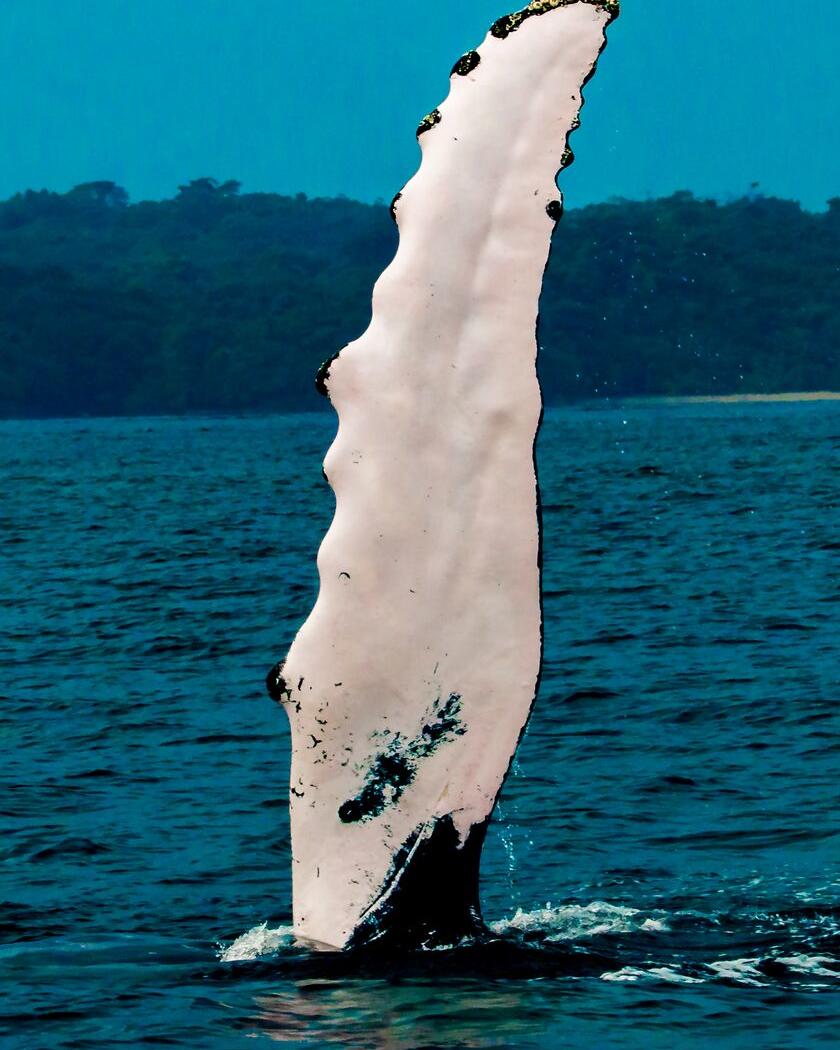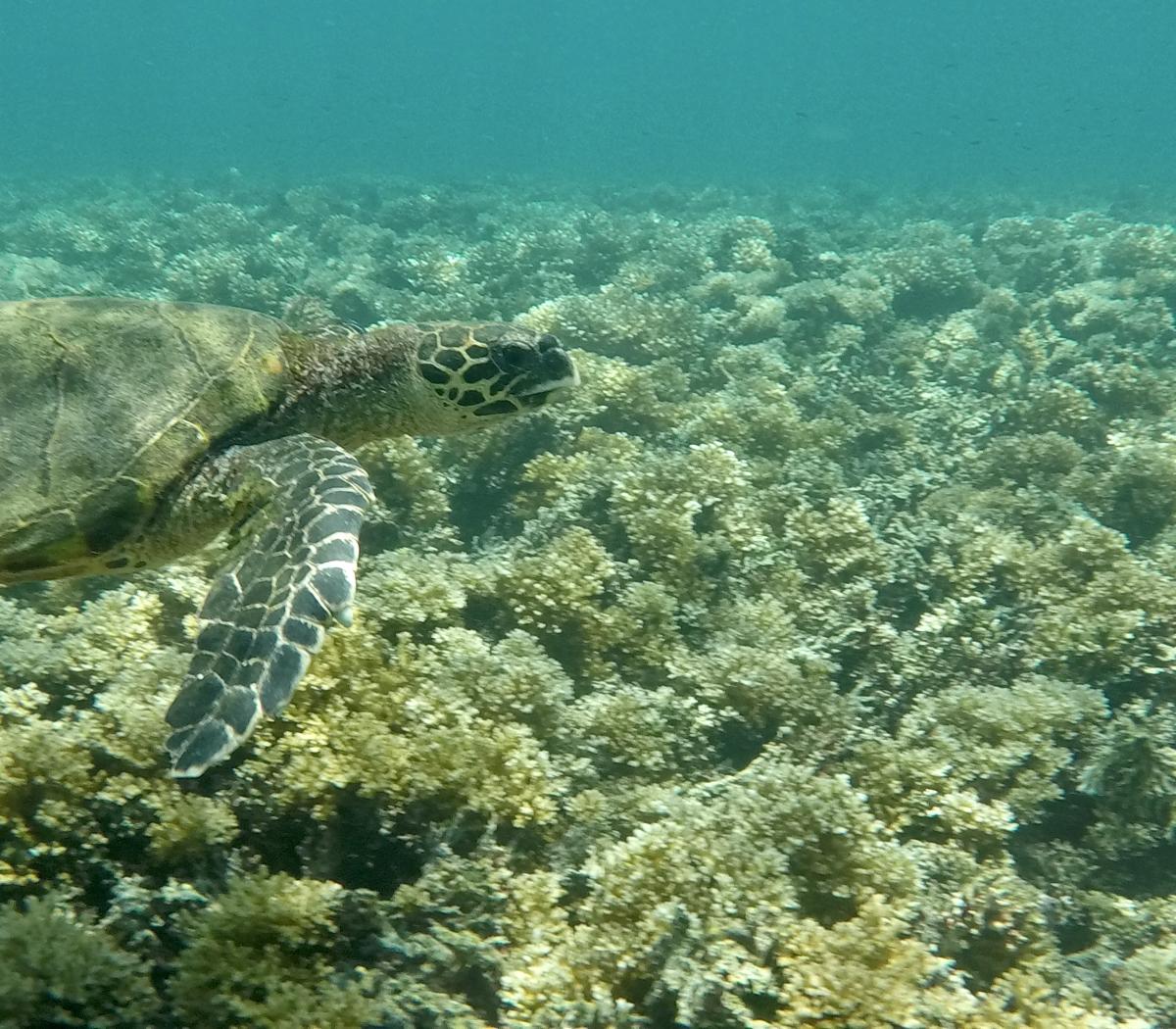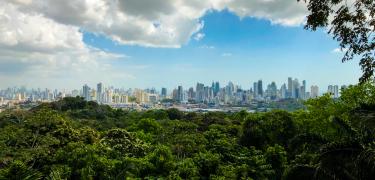Panamá Whale Watching
Panamá attracts thousands of humpback whales twice a year, making it a prime destination for whale-watching. An oasis of warm water and wildlife protection, our country prides itself on caring for the whales that call our Pacific Ocean home during the breeding and mating seasons. Panamá resides in one of the only two regions worldwide where humpback whales from the Northern and Southern hemispheres migrate for breeding during the dry and wet seasons.
Panamá welcomes you to experience a bucket-list moment while supporting conservation and educational opportunities for locals and tourists alike. A hidden gem for whale-watching, the country takes conservation efforts seriously, creating strict guidelines around this activity to protect these gentle giants, only allowing two boats to follow a pod of whales at a time and requiring them to keep at least an 820-foot distance. Swimming or diving near the whales is strictly prohibited.
There’s nothing quite like the thrill of whale watching, especially when a whale comes out to greet you. Add to the positive economic impact and preservation of the species. In Panamá, the experience is unlike any other.
September is prime time for spotting these whales. And between January and March, you can see humpbacks that have migrated to the warm waters of Panamá – especially to the Gulf of Chiriqui – from Washington, Oregon, and California.
Humpback whale watching takes place at several locations along the Pacific coast, and some of the best local spots include Taboga Island and the Pearl Islands, both in the Gulf of Panamá, closer to Panama City. Other prime locales are Isla Iguana Wildlife Refuge in Pedasí in the Los Santos Province, the Gulf of Chiriqui near and around Boca Chica, and Coiba National Park, one of the 50 UNESCO Marine World Heritage Sites.
Join a local tour company for a guided whale-watching adventure.
Feel closer to nature and some of its most cherished creatures on a whale-watching adventure beyond the shores of Panamá.

Humpback whales possess show-stopping behaviors, and one of them is that they launch, or breach, their entire bodies out of the water. They also slap one or both fins onto the water's surface to communicate with other whales. And just like their behaviors, their sounds are complex and harmonious sounding. From grunts and growls to whistles, these whales use different sounds to communicate with each other.
While whale watching, you may spot other cetaceans with 30-plus species documented in Panamá. Besides whales, there are also whale sharks, manta rays, and sea turtles in our waters.

Where to Observe Whales in Panamá
Explore more things to do
Cultural & Historic Sites
Panamá connects the world, and not only because it’s the bridge between North and...
Surfing
Panamá is a surfer’s haven. We welcome you to the stunning shores of our fishing...
Birdwatching
Panamá is home and a place of pilgrimage to more than 1,000 bird species. The tropical...
Turtle Sanctuaries
On the Sandy shores of Panamá, sea turtles live, grow, and thrive under our warm sun and safe...
Hiking
Rich in tropical flora, diverse wildlife, and picture-worthy sights, Panamá trails offer...
Fishing
With world record fishing, more than 2,900 km (1,800 miles) of coastline and the perfect...
Afro Heritage
Afro culture in Panamá is a vibrant and essential part of the country's cultural mosaic....
Indigenous Communities
Learn about tradition and nature through the eyes of Panamá’s 7 indigenous communities....
Diving & Snorkeling
Discover the magical and incredible Panamanian marine world while snorkeling and diving. Diverse...
Beaches
Panamá is the isthmus connecting Central America and South America, and offers access to both...
Rural and Agrotourism
Agricultural tourism in Panamá is a unique adventure in the heart of nature. During this...




















